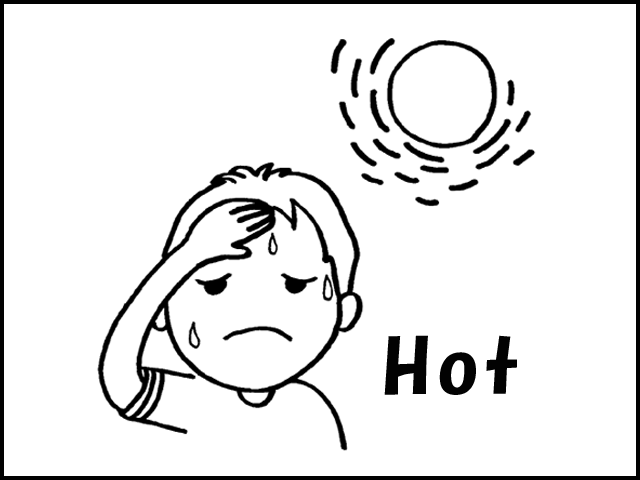
Just as they expected based on the results of their previous paper on cold temperature, researchers found that brain neurons receiving information about heat are part of the broader system that regulates sleep. Not surprisingly, its favorite temperature also matches that of many humans.

As it turns out, the common laboratory fruit fly, Drosophila, has colonized nearly the entire planet by forming a close association with humans. The paper is the first to identify “absolute heat” receptors in fly head, which respond to temperatures above about 77 degrees Fahrenheit - the fly’s favorite temperature. They also allow researchers to study the influence of external cues like light and temperature on cellular pathways. Gallio led the study and said fruit flies are a particularly good model to study big questions like “why do we sleep,” and “what does sleep do for the brain” because they don’t attempt to disrupt instinct in the same way humans do when we pull all-nighters, for example. “The effect of temperature on sleep can be quite extreme, with some animals deciding to sleep off an entire season - think of a hibernating bear - but the specific brain circuits that mediate the interaction between temperature and sleep centers remain largely unmapped.” “Changes in temperature have a strong effect on behavior in both humans and animals, and offer animals a cue that is time to adapt to the changing seasons,” said Marco Gallio, associate professor of neurobiology in the Weinberg College of Arts and Sciences. A follow-up to their 2020 Biology paper that identified a brain thermometer only active in cold weather, the new paper explores a similar “thermometer” circuit for hot temperatures. 17 in the journal Current Biology, researchers found that fruit flies are pre-programmed to take a nap in the middle of the day. Northwestern University neurobiologists have found a few clues about what’s happening. But the link between sensory neurons and neurons that control this cycle are not understood completely.

We may have a harder time sleeping in the summer and be slow to get out of bed on colder mornings. Temperature affects the span of human behavior, from eating and activity levels to sleep-wake cycles. As it turns out, biology, not just culture, may be behind this. In some parts of the world, it’s a cultural norm to schedule “siestas” and shutter businesses during the warmest hours of the day. Here’s what they chose and why.On the hottest summer days, you may find yourself dozing off in the middle of the day. The result was a mix of emo-rap, neo-soul, throwbacks, and modern R&B hits.

As we settle into cozy weather, we asked 11 music editors, curators, journalists, bloggers, DJs and more, to contribute to ILY’s #cozyweather playlist. Not that we retire the turn-up anthems completely, but there’s something about the gloomy, atmospheric, and tingling sounds that complement the drear outside so well – it feels cinematic and romantic.

Pettijohn II in 2010 found that a group of college students preferred to listen to complex and serious music during the fall and winter months, versus more energetic and rhythmic sounds in the spring and summer.Īny music lover can attest that a dip in temperature can inspire them to slow it down sonically. This leaves us with more alone time to reflect and feel our deepest emotions and thoughts, whether it be sadness, yearning, or contentment.Ī study by psychologist Terry F. With the cooler and shorter days, we take our leisure indoors. Winter is among us, and with that comes changes.


 0 kommentar(er)
0 kommentar(er)
